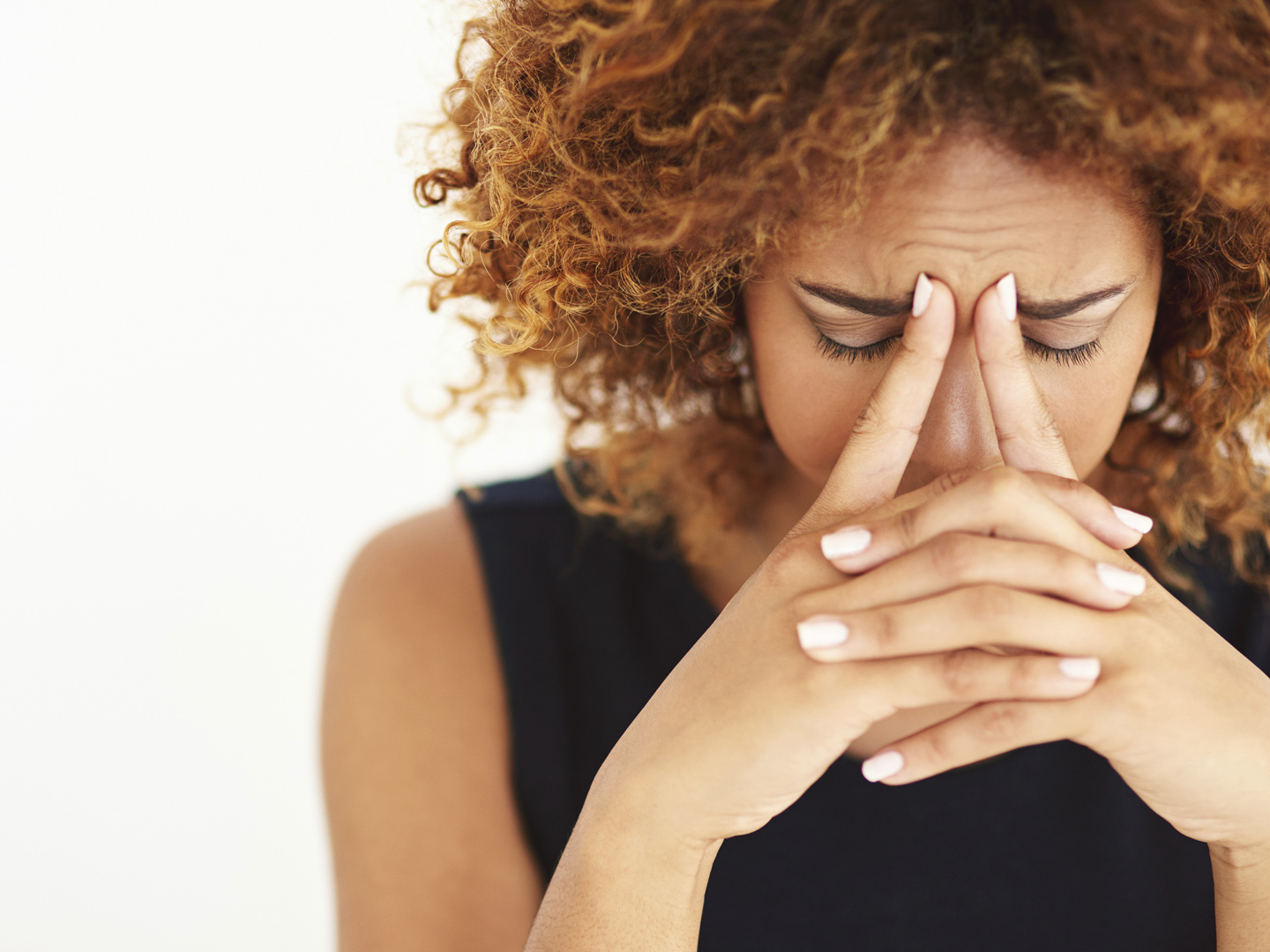Generalized Anxiety Disorder

Anxiety is a normal reaction to certain situations, such as feeling tense when speaking in front of a large group or experiencing a racing heartbeat when faced with a dangerous situation. This physiological response helps prepare you to react to a threatening situation, or gets you charged up to perform well on a test. When anxiety and worry become chronic, however, or are exaggerated and without cause, it is a sign of anxiety disorder. Instead of a heightened physical state to meet an immediate challenge, anxiety disorders actually impair your ability to cope in your daily life.
Anxiety disorders (a term which includes panic disorders, phobias, post traumatic stress and obsessive-compulsive disorders), are the most common form of all mental disorders. They are true illnesses, stemming from a combination of life experiences and biological factors. People may feel anxious all of the time without any apparent reason, have such extreme feelings of anxiety that they have to avoid certain everyday activities, or may become completely immobilized from an intense feeling of terror. There are several different types of anxiety disorders, but this section deals only with generalized anxiety disorder.
Generalized anxiety disorder (GAD) is characterized by chronic, unrealistic, and exaggerated feelings of worry and tension. It is more common among women than men, and tends to run in families. People with GAD tend to fret excessively about certain people or situations, such as family members, their health or their job, and to overreact to situations, although the source of worry is not always evident. They have a hard time relaxing and falling or staying asleep.
The onset of GAD is gradual, usually affecting people in their childhood or adolescence. A diagnosis is confirmed when a person experiences excessive worrying about everyday situations for at least six months. Treatments include anti-anxiety medication, cognitive-behavioral therapy, relaxation techniques and biofeedback.
Symptoms
Anxiety can manifest as physical symptoms including muscle tension, headaches, trembling, restlessness, sweating, abdominal upsets, dizziness and irritability. These problems usually disappear after treatment of the underlying anxiety.
Suggested Lifestyle Changes
- Breathing exercises are one of the best single anti-anxiety measures. Many people experiencing anxiety tend to hold their breath or hyperventilate without being conscious of their actions. Controlling breathing and breath work can offer an immediate lessening of anxiety and a sense of empowerment. The yogic relaxing breath is perhaps the best tool to use in addressing GAD, and the exercise I recommend as the cornerstone of any relaxation program.
- Meditation can help lessen the effect of GAD by training one to focus on the present moment, thus keeping minds off fears. Meditating on a regular basis can result in significant, long-term reduction of anxiety.
- Eliminating all sources of caffeine and stimulants from the diet can markedly reduce symptoms, and is especially helpful in those who are stimulant sensitive.
- Cognitive behavioral therapy can help those with GAD to recognize distorted patterns of thinking and adopt healthy coping skills.
- Journaling anxious thoughts, worries and symptoms can help reduce stress, identify unfounded fears and monitor progress.
- Regular daily exercise is another excellent way to combat anxiety. Exercises such as brisk walking and moderate strength training can reduce stress and anxiety, and offer a healthy distraction from negative thoughts.
- Taking a “media break” (by eliminating TV news bulletins, the Internet, and newspapers and new magazines) can help anyone with anxiety. A week without “negative” news can teach someone they have choices in how much information they are exposed to, as well as how they process news.
Supplements
B vitamins and magnesium can be helpful in dealing with the symptoms of anxiety.
Passion flower derivatives are effective as mild tranquilizers. Both tinctures and extracts are calming without being sedative and are useful adjuncts to programs of stress reduction.











